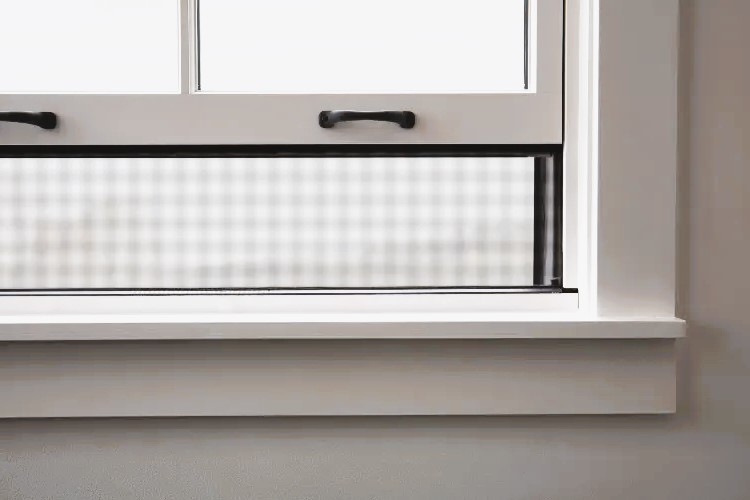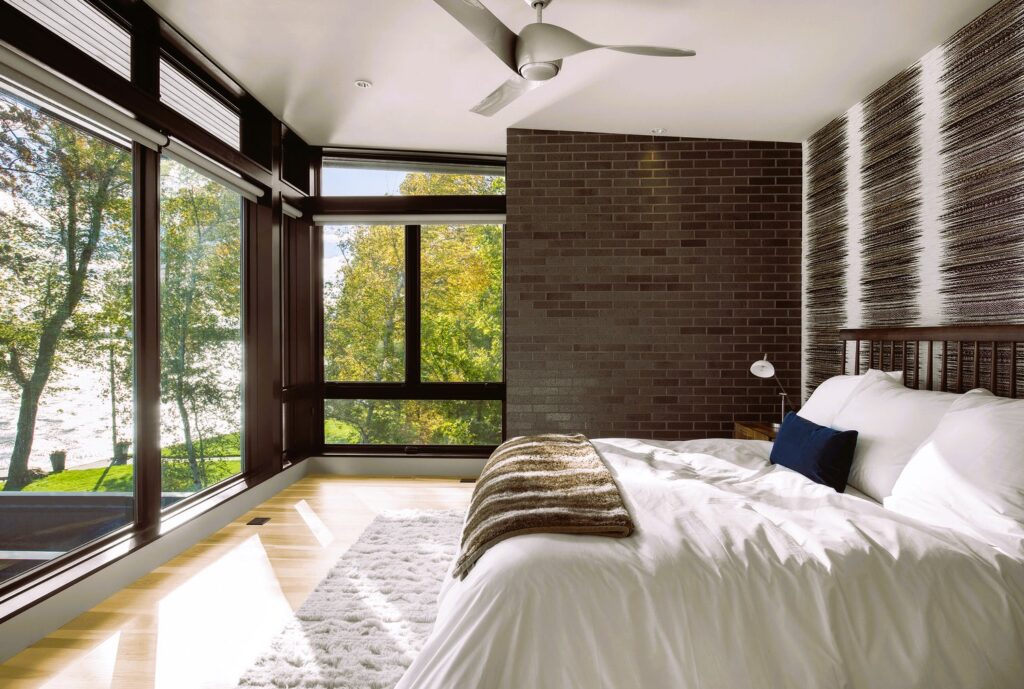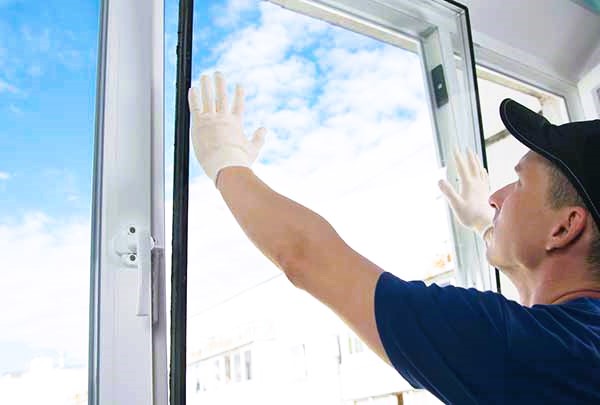Your home is a sanctuary, a place of comfort and relaxation. To maintain that comfort while minimizing energy costs and environmental impact, installing energy-efficient windows is a smart and stylish choice. In this article, we’ll explore how the convergence of efficiency and elegance in energy-efficient windows can transform your living space into a haven of sustainability and beauty.
The Significance of Energy-Efficient Windows
Energy-efficient windows play a pivotal role in enhancing the performance and sustainability of your home. They are designed to minimize heat transfer, reducing the need for excessive heating or cooling and thus lowering energy consumption. Here are some key benefits of energy-efficient windows:
- Energy Savings: By reducing heat gain in the summer and heat loss in the winter, energy-efficient windows help lower your heating and cooling bills.
- Enhanced Comfort: These windows maintain a more consistent indoor temperature, preventing drafts and cold spots, making your home more comfortable year-round.
- Environmental Impact: Using less energy for heating and cooling reduces your carbon footprint and contributes to a more sustainable future.
- Noise Reduction: Many energy-efficient windows also provide improved sound insulation, ensuring a quieter and more peaceful indoor environment.
- UV Protection: These windows often come with coatings that block harmful ultraviolet (UV) rays, preventing sun damage to your furnishings and interior decor.
The Anatomy of Energy-Efficient Windows

To understand the efficiency and elegance of these windows, it’s essential to know their key components and features:
1. Frame Material
The frame material of energy-efficient windows impacts their performance. Common frame materials include:
- Vinyl: Vinyl frames offer excellent thermal performance, are low-maintenance, and resist moisture and pests.
- Wood: Wooden frames provide a classic and natural look but may require more maintenance.
- Fiberglass: Fiberglass frames are highly durable and energy-efficient, making them a popular choice.
- Aluminum: Aluminum frames are strong and lightweight, but they conduct heat and cold, so thermal breaks are essential for energy efficiency. Do you like the article? Read about personalizing your windows in the article the art of stained glass.
2. Glazing
Glazing refers to the glass or multiple glass panes used in a window. Energy-efficient windows often feature:
- Double Glazing: Double-glazed windows have two glass panes separated by a gas-filled space that acts as insulation.
- Low-E (Low-Emissivity) Coating: Low-E coatings reduce heat transfer and block UV rays, improving energy efficiency and protecting furnishings from sun damage.
- Triple Glazing: Some windows feature three glass panes for enhanced insulation.
3. Gas Fills
The space between double or triple glazing is sometimes filled with gases like argon or krypton, which provide additional insulation and improve energy efficiency.
4. Spacer Bars
Spacer bars are placed between the glass panes to maintain their separation and provide structural integrity. Energy-efficient windows often use warm-edge spacers to reduce heat transfer.
5. Seals and Weatherstripping
High-quality seals and weatherstripping prevent air leakage around the window frame, ensuring a tight and energy-efficient seal.
6. Frame Design and Style
Energy-efficient windows come in various designs and styles, from classic to contemporary. They can be customized to match your home’s aesthetic while ensuring efficiency.
Energy Performance Ratings
To help consumers make informed choices, energy-efficient windows are labeled with performance ratings. These ratings include:
- U-Factor: Measures how effective the window is at preventing heat from escaping. Lower U-factor values indicate better insulation.
- Solar Heat Gain Coefficient (SHGC): Measures how much heat from sunlight the window allows to enter. Lower SHGC values reduce heat gain.
- Visible Transmittance (VT): Measures how much visible light the window allows to pass through. Higher VT values mean more natural light.
- Air Leakage (AL): Measures the rate of air infiltration through the window. Lower AL values indicate less air leakage.
Choosing the Right Energy-Efficient Windows

When selecting energy-efficient windows for your home, consider the following factors:
- Climate: The climate of your region can influence the type of windows you need. For colder climates, windows with a lower U-factor are crucial. In warmer climates, focus on windows with a lower SHGC to reduce cooling costs.
- Frame Material: Choose a frame material that aligns with your aesthetic preferences, maintenance capabilities, and energy efficiency goals.
- Glazing: Determine the number of glass panes, type of coating, and gas fills that best suit your climate and energy needs.
- Customization: Energy-efficient windows are available in various styles, allowing you to choose the design that complements your home.
Finding More Information on Energy-Efficient Windows
For more in-depth information on energy-efficient windows and related standards and guidelines, you can visit Canada.ca website. These resources offer insights into the science of energy-efficient windows, their benefits, and the latest advancements in sustainable building practices.
In conclusion, the installation of energy-efficient windows is a blend of technology and design that offers enhanced comfort, cost savings, and environmental responsibility. By choosing the right energy-efficient windows for your home, you can create a stylish and sustainable living space that reflects your commitment to a more energy-efficient and elegant lifestyle.


